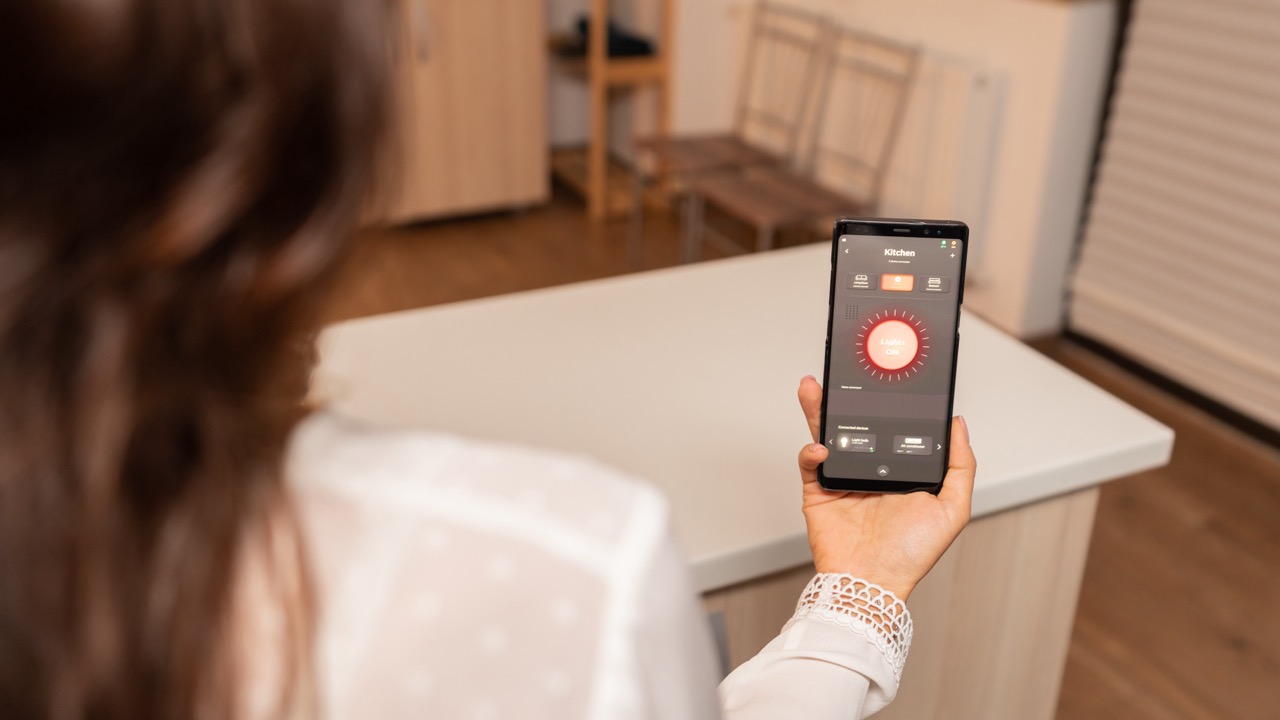In today’s world, smart technology is revolutionizing how we live and interact with our homes. One of the most exciting ways to enhance your smart home experience is through the integration of IFTTT (If This Then That) and SwitchBot. This combination allows you to create sophisticated automations that make your daily routines more efficient and enjoyable. Whether you’re looking to control your devices remotely, create schedules, or trigger actions based on specific conditions, knowing how to use IFTTT with SwitchBot opens up a myriad of possibilities. In this article, we’ll explore the basics of IFTTT and SwitchBot integration, how to set up your account, and some real-world scenarios to inspire your own automations.
Understanding IFTTT and SwitchBot Integration Basics
IFTTT is a powerful platform that connects various apps and devices, allowing them to work together seamlessly. By setting up simple conditional statements, known as applets, users can automate tasks across multiple platforms. SwitchBot, on the other hand, is a line of versatile smart home devices that can control physical items like curtains, switches, and other appliances. The integration of IFTTT with SwitchBot enables users to create customized automations that enhance the functionality of their smart home devices.
The beauty of this integration lies in its flexibility. For instance, you can set up triggers based on external factors such as weather changes, time of day, or even the status of your phone. This means that your SwitchBot can react to real-world events without requiring manual intervention. Imagine having your curtains open automatically at sunrise or your lights turning on when you arrive home. The combination of IFTTT and SwitchBot allows all of this and more.
Before diving into creating automations, it’s essential to understand the compatibility between IFTTT and SwitchBot. Most SwitchBot devices are supported, and users can explore a wide range of applets available on IFTTT’s platform. The more you familiarize yourself with what’s possible, the better equipped you’ll be to create sophisticated automations tailored to your needs.
Setting Up Your IFTTT Account for SwitchBot Automation
To get started with IFTTT and SwitchBot, the first step is to create an IFTTT account if you don’t already have one. Simply go to the IFTTT website or download the app on your smartphone. Once you’ve signed up, take a moment to explore the dashboard, which is user-friendly and intuitive. From here, you can search for SwitchBot services and connect them to your IFTTT account.
Next, you’ll need to authorize your SwitchBot devices within IFTTT. This involves linking your SwitchBot account, allowing IFTTT to access and control your devices. Open the IFTTT app or website, navigate to the “Services” section, and search for SwitchBot. Once you find it, follow the prompts to link your accounts. This process ensures that IFTTT can communicate with your SwitchBot devices seamlessly.
After linking, you should see your SwitchBot devices listed on your IFTTT dashboard. It’s a good idea to test the connection by trying out a simple applet. For example, create a test applet that turns on a SwitchBot device when you press a button in the IFTTT app. This initial setup not only confirms that your devices are connected but also gives you a feel for how the platform operates.
Creating Custom Applets for Enhanced Smart Home Control
With your IFTTT account set up and linked to SwitchBot, you can start creating custom applets to automate your home. The process is straightforward: select a trigger (the "if" part) and an action (the "then" part). For instance, you might want your SwitchBot curtain to open if the weather forecast predicts a sunny day. Simply choose a weather service as your trigger and set the action to open the SwitchBot curtain.
Another exciting feature is the ability to incorporate multiple triggers and actions into a single applet. For example, you could create an applet that turns on your SwitchBot light when your phone connects to your home Wi-Fi and it’s after sunset. This level of customization means you can tailor your smart home experience to fit your lifestyle perfectly.
Don’t forget to explore the pre-made applets available on IFTTT as well. Many users have shared their own automations, which can serve as inspiration or even as a base for your custom applets. By modifying these existing applets, you can quickly adapt them to your specific needs and preferences.
Real-World Scenarios: Using IFTTT with SwitchBot Effectively
The potential uses for IFTTT with SwitchBot are virtually limitless. In a common scenario, homeowners can set up a "Good Morning" routine where, at a specified time, the SwitchBot curtain opens, the coffee maker starts brewing, and the lights gradually brighten. This automation not only simplifies your mornings but also creates a welcoming atmosphere as you wake up.
Another practical application is security. You can configure an applet that triggers your SwitchBot devices to simulate occupancy when you’re away from home. For instance, when your phone leaves a designated area, the applet can turn on your SwitchBot lights at random intervals to give the illusion that someone is home. This feature can be particularly effective in deterring potential intruders.
Lastly, consider using IFTTT to enhance your home office experience. You might set up an applet that lowers your SwitchBot blinds when you start a video call, reducing glare and ensuring a more professional backdrop. With such tailored automations, IFTTT and SwitchBot can significantly improve functionality and comfort in your daily life.
In conclusion, integrating IFTTT with SwitchBot offers a powerful toolkit for creating advanced automations in your smart home. From setting up your IFTTT account to customizing applets for various scenarios, the process is designed to be user-friendly and adaptable. By investing a little time in understanding how these two platforms work together, you can streamline your daily routines, enhance your home security, and create an environment that responds intuitively to your needs. Embrace the possibilities of smart technology and transform your living space into a truly connected home.
